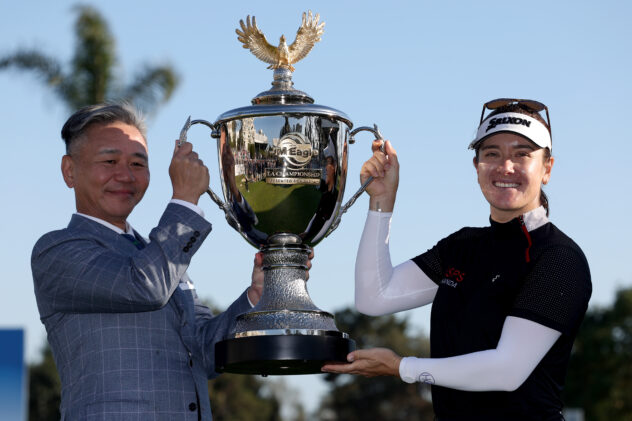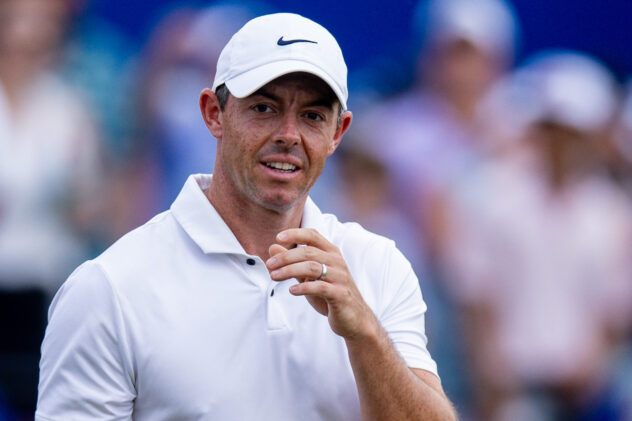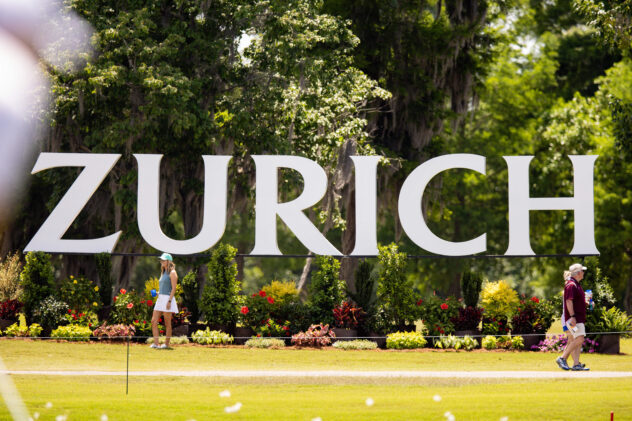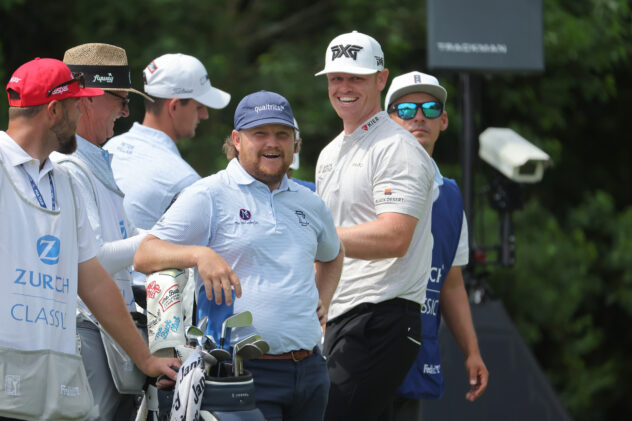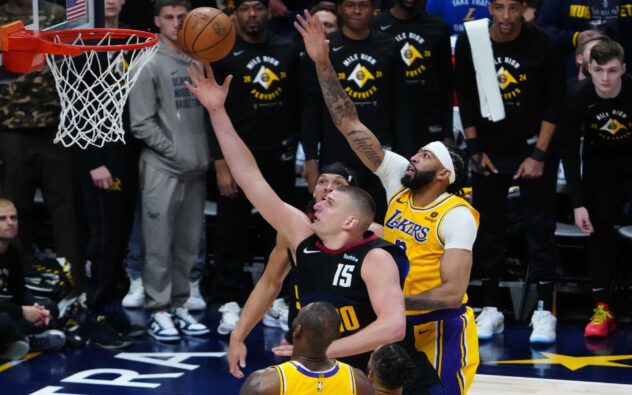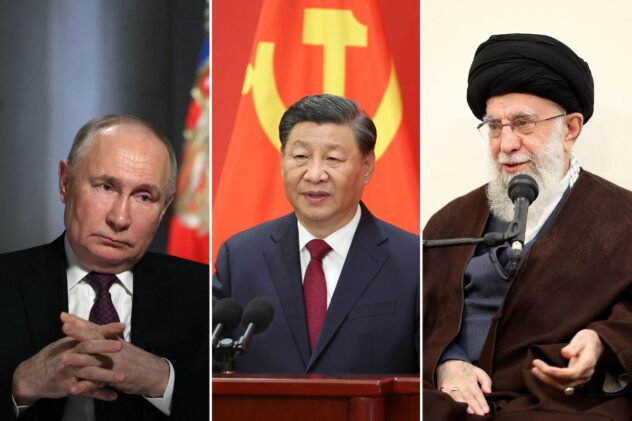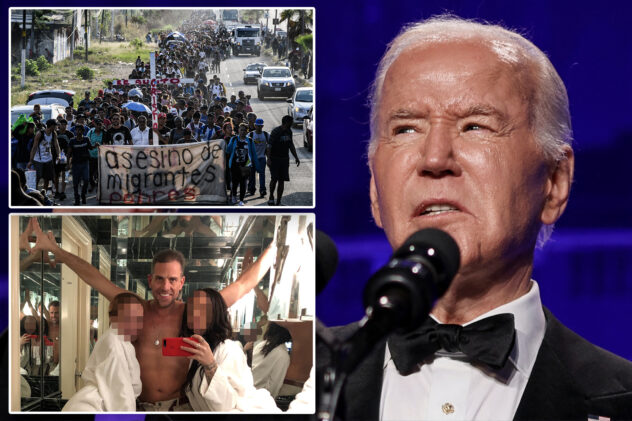
Numbers are the highest degree of knowledge, if Plato is to be believed, but also the lowest form of thirst for social media gobdaws whose fanciful figures are now considered reliable, or at least repeatable. Take the $600 million widely “reported” as the value of Jon Rahm’s contract with LIV. That sum began as nothing more than speculative slobbering, was amplified by anonymous aggregators, then legitimized by traditional media outlets happy to exploit unsourced rumor in pursuit of traffic. Pity the historians of this period who will someday have to distinguish eyewitnesses from ‘I heards.’
The decay of golf media notwithstanding, comma-heavy contracts that grab headlines tell us only the rough cost of weapons, not what the landscape will look like after the truce. For all of the uncertainties in the sport as we pull the shutters on 2023, ’24 will go a long way toward revealing its future shape, which will largely be defined by a number that’s unarousingly small: 25, or thereabouts — approximately the number of weeks that elite players are willing to work each year.
Everything intended to leverage the presence of top players — major championships, signature events, team competitions — must be shoehorned into that couple dozen weeks, which is why negotiations between the PGA Tour and the Public Investment Fund of Saudi Arabia are focused more on matters of practicality than philosophy. Those familiar with the thinking of PIF’s governor Yasir al-Rumayyan say that his ‘baby’ is team golf in general (rather than LIV in particular), and he’s insistent it be a significant part of the future. Whatever structure that eventually emerges will by necessity be global, making stops with every stakeholder, including Saudi Arabia. Al-Rumayyan isn’t paying to be bypassed and will need a show-and-tell for the Crown Prince, who isn’t a chap that courtiers are casual about displeasing.
Accommodating every desired component — four majors, the Players and a handful of premier PGA Tour stops, a scattering of events ex-U.S. and a handful of team affairs — effectively means creating a silk-stocking circuit that exists above the tours as we know them, and the ramifications of that are enormous. For regular tournaments that will struggle to draw elite fields. For sponsors paying penthouse prices for what may be perceived as ground floor events. For media partners expected to pay another $6 billion or so through 2030 for a product that the Tour would no longer be delivering, since players pushing for change won’t wait years to realize their rewards. Even if the reimagined product is improved, a tremendous amount of revenue would be in jeopardy, any loss of which is likely to be felt most among the broader membership. No wonder journeymen have taken to circulating a petition demanding accountability from executives who are now really only answerable to the most rarified strata of stars.
But what if the players, and the Saudis, want more? Who’s to say that a remaking of elite men’s golf ends at the PGA Tour?
“The management has not done a good job,” Viktor Hovland said recently in criticizing Tour leadership. “They almost see the players as labor.” Leaving aside the fact that the managerial alternative sees golfers as indentured servants, there’s clearly a hazardous gap between how players feel they are seen (as grunts) and how they see themselves (as owners). So what happens if emboldened stars expand their definition of “management” beyond Jay Monahan’s inner sanctum?
A sense of entitlement allied to actual power might convince them that they have the muscle to reshape majors and demand a much greater share of that revenue too. Multiple sources say that one leading player told Augusta National chairman Fred Ridley last year that the Masters needed to cough up more coin to its competitors. Nor is it wholly implausible that a new entity flush with capital could acquire the Ryder Cup from the penurious PGA of America, just as the DP World Tour is doing with the legacy associations that are part-owners on that side of the pond. The Ryder Cup is the only important asset Europe brings to the deal being forged. Adding ownership of the American half would be hugely attractive since the guys likely to see equity in the new joint venture are the same guys who comprise the teams. The festering dispute about whether team members should be paid for laboring in the Cup could be moot if the players decide they deserve an ownership stake instead.
It’s needlessly generous to assume that al-Rumayyan’s endgame is mere acceptance, a seat at golf’s head table. If players continue to assert their newfound power, bankrolled by his billions, al-Rumayyan may end up with a meaningful stake in every significant event.
The power dynamic in men’s professional golf has shifted profoundly and irreversibly. The coming months will bring more specifics on how things will be structured, but we know with certainty that it will be to the liking of the game’s dominant players right now. At some stage, it might be worth considering whether that is actually a positive development.


